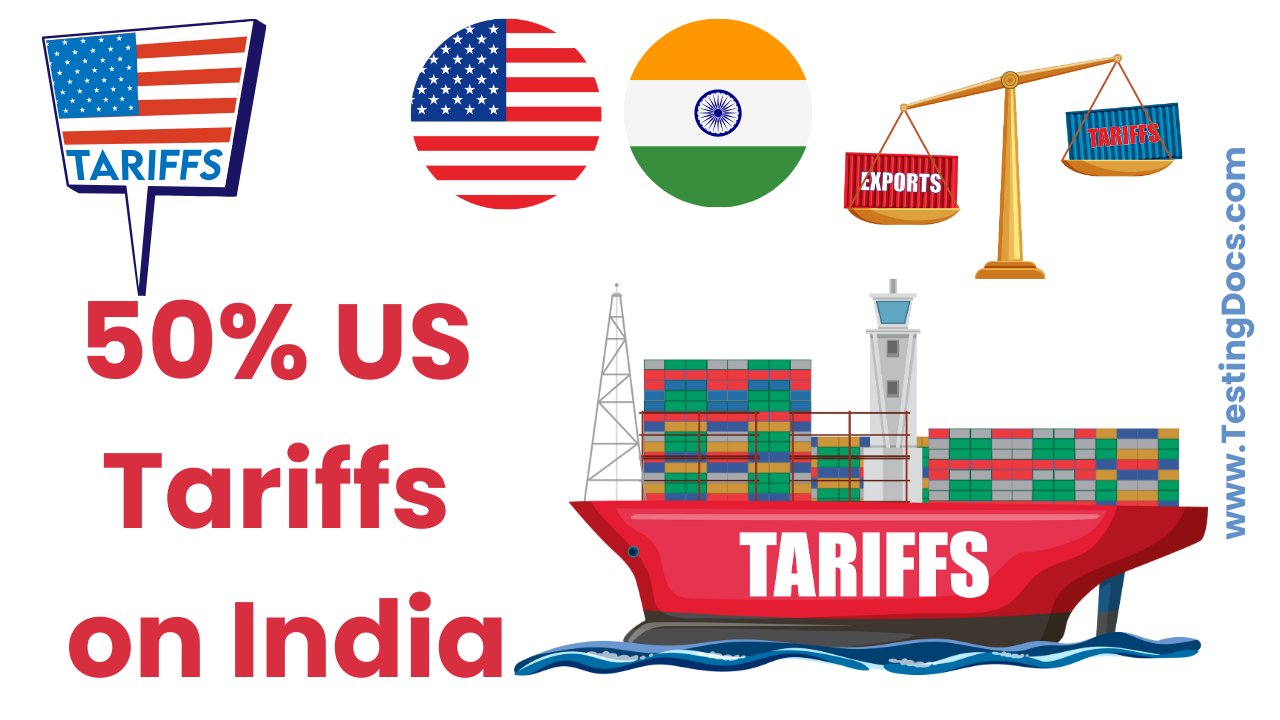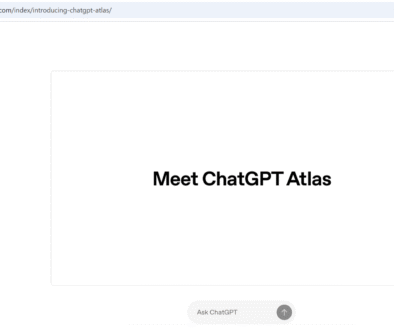India wakes up to 50% US Tariffs — An Explainer
India wakes up to 50% US Tariffs
Today’s big headline: the United States has raised duties on a wide range of Indian exports so that some goods now face a total tariff of about 50% at the U.S. border. This is a sudden, sharp move that affects many everyday products — garments, footwear, gems, furniture and more — and it matters because it changes the price competitiveness of Indian products in America overnight.
The U.S. government increased import taxes (tariffs) applied to many products shipped from India to the U.S., doubling previous duties in some cases so that the combined duty can reach around 50% for affected items. The move was announced by the U.S. administration as a punitive step linked to concerns about India’s continued purchases of Russian oil. The tariffs took effect recently and immediately raised the cost of many Indian exports to U.S. buyers.
50% US tariffs on India
When someone says “50% tariffs,” they mean the U.S. is charging an extra 50% tax on the declared value of certain Indian goods when those goods enter the United States. For example, if a pair of shoes costs $20 to buy from an Indian factory, a 50% tariff would add $10 in import duty, so the total import cost becomes $30 (ignoring shipping and other fees). That makes Indian-made shoes less price-competitive compared with items made in countries without such high duties. Reuters and other outlets have reported that this round of tariffs affects a large share of India’s exports to the U.S. and hits labour-intensive sectors hard.

What are Tariffs?
Think of a tariff like a sales tax that one country puts on goods coming from another country. It is a fee collected by the importing country at the border:
- Why governments use them: to raise revenue, protect local industries, or punish trade partners.
- What the buyer sees: higher prices for imported goods — either the importer (business) pays the tariff or passes it on to consumers.
- Example: If a shirt costs $10 in India and the U.S. charges a 50% tariff, the shirt faces $5 in tariff, making the import cost $15 before retail margin.
Imagine you run a small factory in India that makes scarves and you sell to shops in the U.S. Before this change, U.S. shops paid a small extra fee (say 10%) when bringing scarves from India. Suddenly the U.S. says: “We will add 50% on top for many Indian goods.” That extra tax makes your scarves much more expensive in U.S. stores. Some shops might stop buying from you, choose cheaper suppliers elsewhere, or ask you to cut prices — which could hurt your profits or force you to lay off workers. The government and businesses in India will try to respond — by selling to other countries, getting state support, or changing products — but the short-term shock can be severe. Reports say the move could affect tens of billions of dollars of exports and threaten jobs in export-focused regions.
Pros and Cons of the 50% US tariffs
| Pros (for the U.S. or policy-makers who support the move) | Cons (for India, exporters, and global trade) |
|---|---|
|
|
What might India do in response?
Governments usually use several tools: ask for diplomatic talks, provide short-term cash or credit to exporters, help firms find new markets (Europe, Middle East, ASEAN), or negotiate exemptions for key sectors. Indian authorities have publicly discussed financial support and export diversification as immediate steps. Analysts also note currency, fiscal and structural policy levers (like making exports cheaper via incentives) as possible actions.
Top FAQs
- Will my favorite Indian-made product disappear from U.S. shops?Not immediately. Retailers will decide whether to absorb costs, pass them to customers, or source elsewhere. But for price-sensitive items, availability could drop over time.
- Which Indian industries are most at risk?Labour-intensive exporters such as Textiles and Garments, Gems & Jewellery, footwear, furniture, and some chemical products are reported as most affected.
- Can India retaliate with tariffs of its own?India can take reciprocal trade measures, bring disputes to the World Trade Organization, or use diplomatic and commercial tools. Retaliation has economic and political costs, so responses often combine mitigation and negotiation.
- How long will these tariffs last?That depends on politics and negotiations. Tariffs set for political leverage can be lifted, increased, or turned into long-term policy — there is no fixed automatic expiry. Reaching a new trade agreement or diplomatic understanding is usually required to reverse such measures.
- Does this mean Globalization is reversing?Not necessarily, but it is a reminder that geopolitical decisions can quickly reshape trade patterns. Businesses may diversify supply chains to reduce future risks.
The 50% tariffs are a large, immediate shock with real consequences for exporters, workers and supply chains — and they also send a political signal. In the short term, expect disruptions and urgent government measures in India; in the medium term, companies and countries will look for alternative markets and strategies. Meanwhile, the tech world’s own upheavals (for instance at Meta) show that big money doesn’t always guarantee smooth success — direction, culture and clarity matter just as much.
